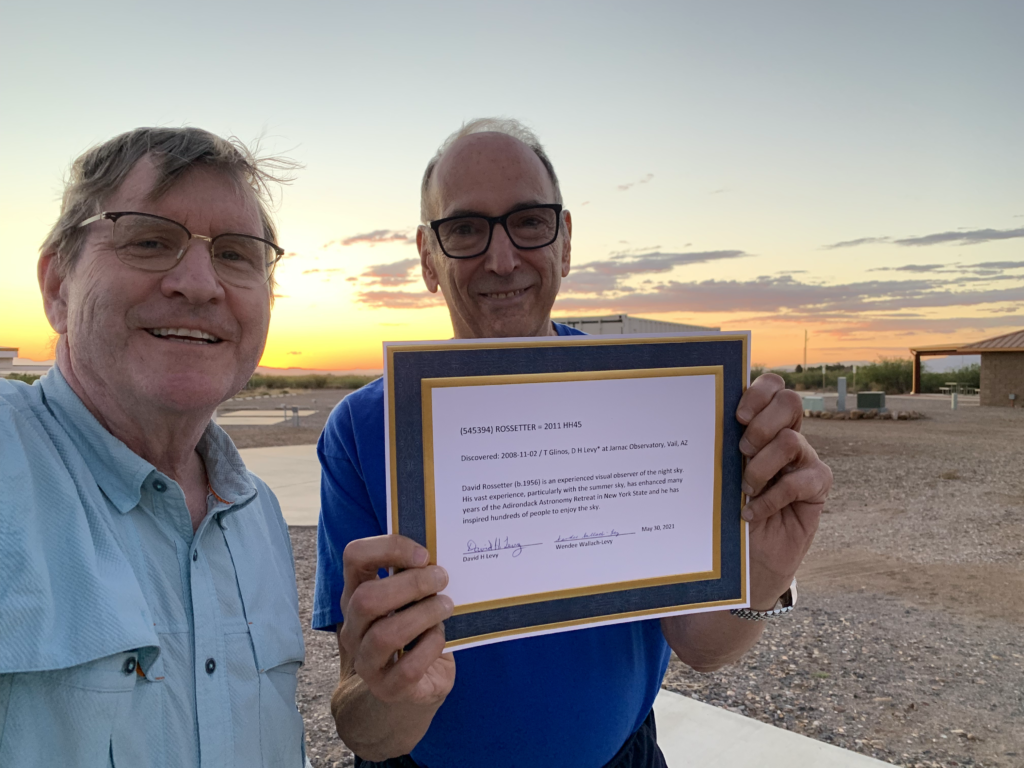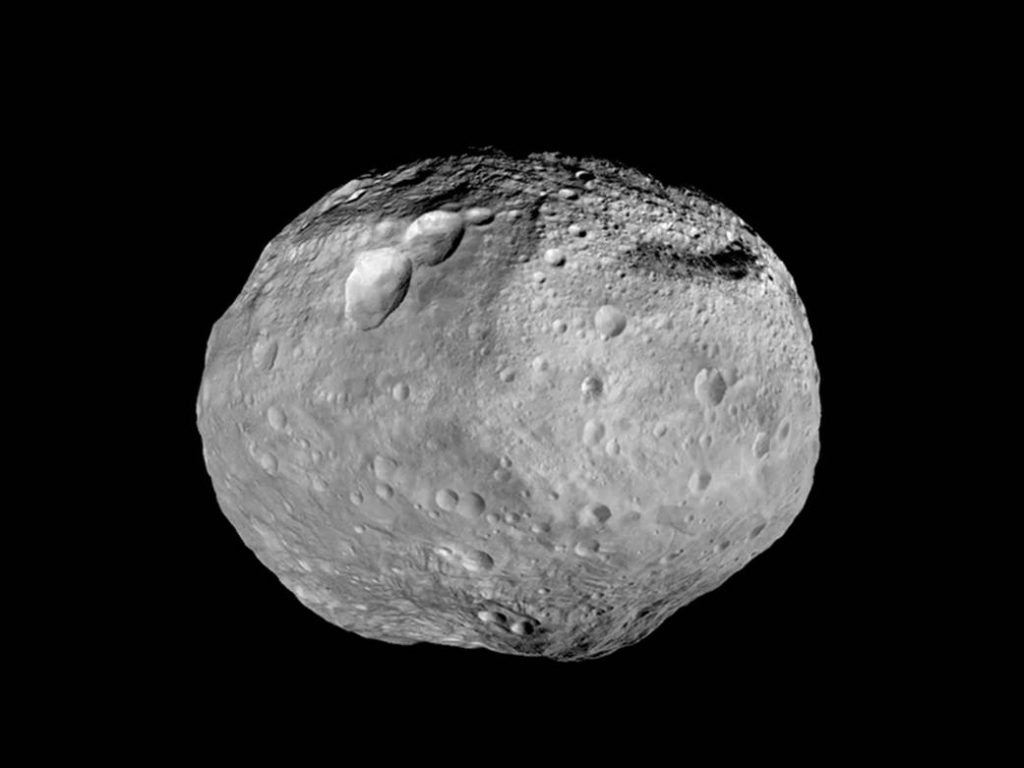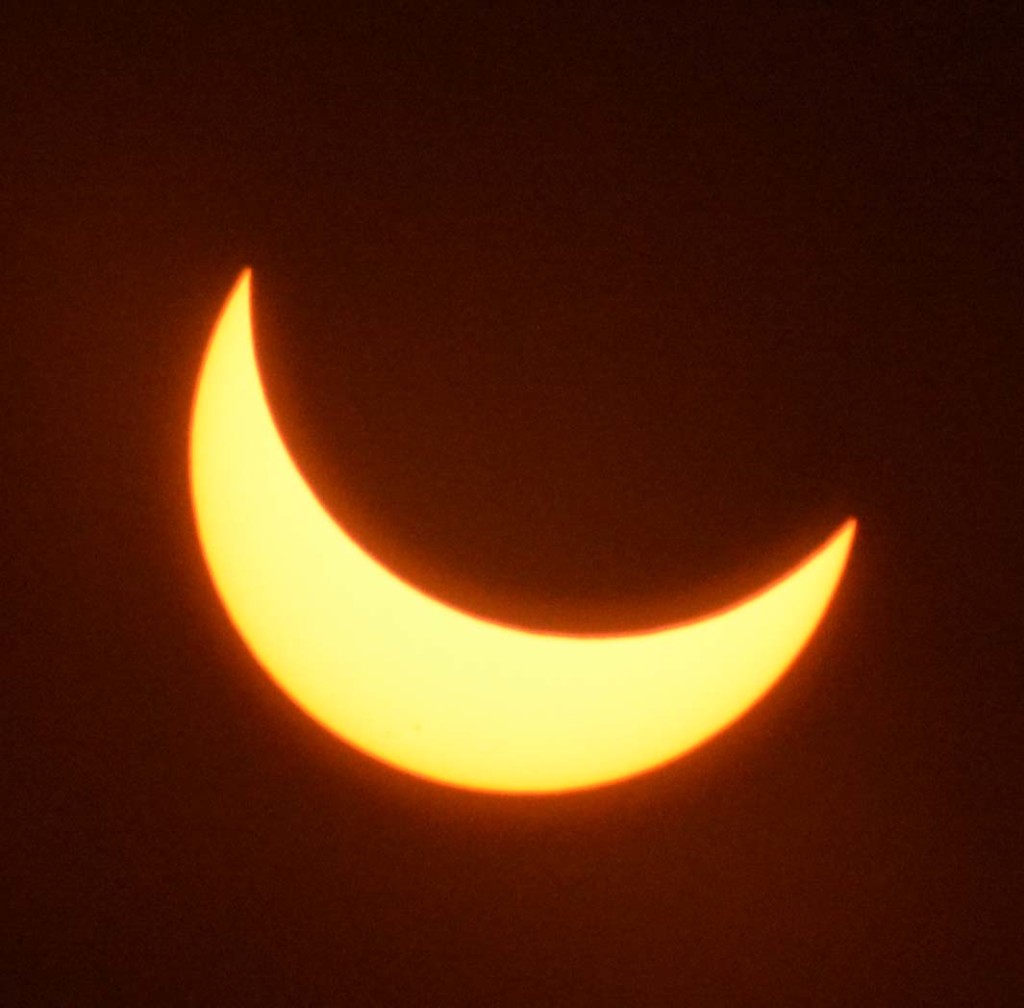Tucson Amateur Astronomy Association will participate in the Lunar and Planetary Lab Art of Planetary Science with evening observing on the UA Mall September 24 and some Solar Observing (time TBD) on Sunday September 26. More to follow as we get closer.
Reid Park Zoo Summer Safari Nights
Tucson Amateur Astronomy Association will be supporting the Reid Park Zoo for their Dog Days of Summer Astronomy at the Zoom from 5:30 – 8:30 pm. If the weather cooperates, we will have an hour or so of Solar Observing before sunset. We will show pictures of astronomy objects and be available to talk about astronomy in Tucson.
TIMPA Site Reservations
Reservations for the attendance at the TIMPA Dark Site can be made by emailing the TIMPA Director at
TIMPAdirector@tucsonastronomy.org
Planets of the Month: JULY
By Erich Karkoschka

Venus is the “Evening Star” during dusk. Seven degrees ahead in the ecliptic is Mars, but 6 magnitudes fainter than Venus. On the 12th, Venus passes Mars only .5 degrees north. On the 20th, Venus passes Regulus at 1 degree distance. Mars follows behind Venus and passes Regulus on the 29th at only .6 degrees distance. Since they set at 8:30 pm, one has to watch this when it is still bright outside. Regulus should be visible. Mars is half magnitude fainter and will come into view then too.

Mars is close to Venus this month.

Saturn rises once it is dark and it stays up all night. Its opposition will be August 1st.

20 degrees east of Mars is Jupiter. Both planets form a large triangle with Fomalhaut well below them. This is best viewed in the morning when they are higher. The shape of this triangle will change as the distance between Jupiter and Saturn decreases over the summer. The right angle at Jupiter will become a larger angle.

Uranus and Neptune are morning planets.

Mercury has a short showing until July 22. It rises at 4 am below Castor and Pollux and does not come up high before twilight gets bright.

The Moon shortly after New Moon might be barely visible on the 10th. The next day, it will be beautifully paired with Venus to its left and Mars very close to Venus. Even on the 12th, the view will be worthwhile.
David Levy Musings: June 2021
Asteroid (545394) Rossetter = 2011 HH45 Earlier Designation.
I am proud to announce that TAAA member David Rossetter has been honored by the International Astronomical Union by having minor planet 545394 officially named Rossetter.
Discovery information: 2008-11-02 / T. Glinos, D. H. Levy * / Vail-Jarnac / G92. Asteroid Rossetter
David Rossetter (b. 1956) is an experienced visual observer of the night sky. His vast experience, particularly with the summer sky, has enhanced many years of the Adirondack Astronomy Retreat in New York state and he has inspired hundreds of people to enjoy the sky.

Planets of the Month: JUNE
By Erich Karkoschka

Venus is slowly increasing its visibility at dusk, starting to get visible at 20 degrees altitude. At the summer solstice it passes by Pollux at 5 degrees distance.

Mars is also visible in the evening but setting much later than Venus. The distance between both planets decreases from 25 to 8 degrees during June. On July 12, Venus will pass Mars quite closely.

Jupiter and Saturn rise just before midnight and are transiting during dawn almost 45 degrees high. They remain separated by 20 degrees.


At the end of June, Mercury starts its morning apparition.

Vesta is still an easy binocular object in Leo during the early evening.

On July 10, there is an annular Solar Eclipse visible in eastern Canada moving over the North Pole. The next day, the thin crescent Moon will be visible at dusk just below Venus.
Notes from the President
The messages from the TAAAA president have appeared in various forms over the years. They have appeared in the Desert Skies publications, in the TAAA Monthly Bulletin, and now appear in the revamped monthly Desert Skies TAAA Bulletin. For a period of TAAA history, the Notes were send as a stand alone message to members from 2018 to 2021. Those communications with summaries of the work of the TAAA board and important monthly accomplishments by the organization are listed below.
2021 April Notes
2021 March Notes
2021 February Notes
2021 January Notes
2020 December Notes
David Levy Musings: MAY
Just one day after the Earth passed its perihelion, the closest point to the Sun in its orbit, the American Astronomical Society was having its annual meeting online, the United States Congress was validating the results of the 2020 national election, and Wendee and I were settling in for a civics lesson about the way the United States Government works. The day did not turn out as we expected.
Shortly before noon, as we watched our television set a news ticker appeared. It announced that two buildings in the Library of Congress (LC), the James Madison, and quickly afterwards the Adams and Jefferson buildings, were being evacuated. That news sent an ugly chill through me. The LC is one of the finest libraries in the entire world. It contains more than 170 million books, of which more than thirty are books I wrote entirely or those for which I penned the foreword. It also includes all of the more than two hundred “Star Trails” columns I wrote for Sky and Telescope magazine between 1988 and 2008, and dozens more I wrote for other magazines and journals. Only the British library, with over 200 million books, is larger.
This evacuation was quite personal for me. A few minutes later, when the entire Capitol complex was stormed, it was personal for all of us. All of us had reactions to this, but in addition to the feelings I had, I felt a major conern for the library.
How many books does it take to make a library? When I was a child in 1963, a teacher told me his answer: “two books.” To me, a library– any library– is every bit as priceless as a dark sky. The wisdom of the ages is contained in each library- from the LC to a child’s collection. I have never gone into a library without feeling better when I exited. The idea that this magnificent collection was threatened that day was terrifying.
I have read many books over my lifetime, from The Cat in the Hat to my boxed set of Lord of the the Rings. One small treasure, Jene Lyon’s Golden book Our Sun and the Worlds Around It, opened a door to a lifetime of stargazing. (That gem, by the way, also lives in the LC). What is more, I have never encountered a really bad book. When an author places her or his thoughts on paper in a book, that book immortalizes those thoughts.
I hope that Capitol Hill and the Library of Congress are never threatened again. They belong to we the people, and stand beautifully in Washington, D.C. to govern us, teach us, and encourage us to follow our dreams and reach for the stars.

Planets of the Month: MAY
by Erich Karksochka

Mercury and Venus are visible low in the west at dusk. Mercury is almost 10 degrees higher than Venus and easier to see. After
mid-month. their separation decreases and Venus appears far brighter than Mercury. Mercury is visible naked eye until the 26th.

On the 28th, as Mercury is stationary, Venus passes by
at only half a degree distance. In a telescope, their two disks
match in size, but Venus is 300 times brighter and 98 %
illuminated, Mercury only
13 % illuminated.

Mars is still an early evening planet, wandering through Gemini.

Jupiter rises before 2 am and comes about 30 degrees high during dawn. It is separated from Saturn by about 18 degrees.

Saturn rises before 2 am and comes about 30 degrees high during dawn. It is separated from Jupiter by about 18 degrees.

Vesta is still 7th magnitude in Leo, an easy object for binoculars.

During the morning of the 26th, the moon has its first total
eclipse in two years. Totality is only 18 minutes long, just barely
getting fully into the Earth’s umbra, from 4:10 to 4:28, just as
dawn starts. The setting moon partially eclipsed around
5:25 should be beautiful.
The moon is only a degree from Venus on the evening of the 12th.
Venus is easier to find than the moon since the moon is only 1 %
illuminated, Venus is essentially full. If it is clear in the west,
the moon will be just barely visible naked eye. Three days later, the
moon will be almost as close to Mars.
ONLINE – Astronomy Fundamentals Meeting – August 2021
Come join us for a presentation from the fundamentals of amateur astronomy. Learn your way around the night sky to add to your observing enjoyment. Meetings are on the second Thursday of each month.
Contact: Connor Justice
Email: fundamentals[at]tucsonastronomy.org
Constellation of the Month:
Fornax
Presenter: Doug Smith
Doug Smith will be discussing Fornax as the constellation of the month.
Main Presentation:
NGC 2000.0: The Complete New General Catalogue
Presenter: Connor Justice
Our main topic will be on the NGC catalog by Connor Justice.

